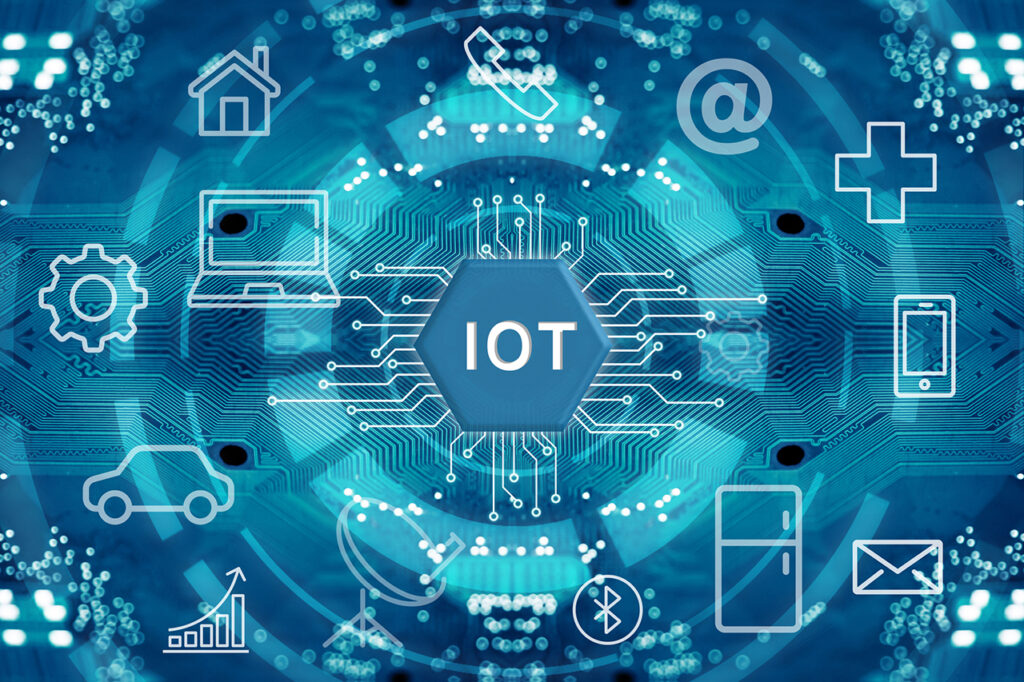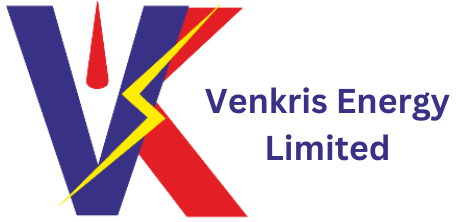
IoT solutions, or Internet of Things solutions, refer to the applications and systems that leverage the capabilities of the Internet of Things (IoT) to solve specific challenges or enhance processes in various industries. IoT solutions involve the integration of connected devices, sensors, data processing,
and communication technologies to collect, transmit, and analyze data for improved decision-making, automation, and efficiency. Here’s a more detailed breakdown of IoT solutions:
1. Connected Devices and Sensors: IoT solutions revolve around physical objects, devices, or equipment embedded with sensors, actuators, and communication capabilities. These devices can collect data from their environment or interact with it.
2. Data Collection and Transmission: The sensors within IoT devices gather data such as temperature, humidity, motion, location, and more. This data is then transmitted through wired or wireless communication protocols (Wi-Fi, Bluetooth, cellular networks, etc.) to centralized platforms for processing.
3. Data Processing and Analytics: The collected data is sent to cloud-based platforms, edge devices, or data centers, where it is processed and analyzed. Advanced analytics tools and algorithms can derive insights from the data, enabling actionable decisions.
4. Connectivity and Communication: IoT devices communicate with each other or with central platforms through various communication protocols. These protocols ensure reliable and secure data exchange.
5. Visualization and User Interfaces: Processed data is often presented through user interfaces like web applications, mobile apps, or dashboards. These interfaces allow users to monitor, control, and interact with IoT devices and access insights.
6. Automation and Control: IoT solutions enable automation based on real-time data. For example, a smart thermostat can adjust the temperature based on occupancy and weather conditions.
7. Remote Monitoring and Management: IoT solutions allow remote monitoring and management of devices and processes. This is especially valuable in scenarios where physical presence is challenging or costly.
8. Predictive Maintenance: IoT can enable predictive maintenance by analyzing data from machines and equipment to anticipate when maintenance is needed, reducing downtime and costs.
9. Optimization: IoT solutions help optimize resource utilization, whether it’s energy consumption in a building, production processes in a factory, or routes for delivery vehicles.
10. Personalization: IoT-driven insights can be used to personalize user experiences, such as offering tailored recommendations based on user preferences or behavior.
11. Environmental Monitoring: IoT solutions can monitor environmental parameters such as air quality, water quality, and noise levels to support conservation and sustainable practices.
12. Health and Well-being: IoT devices in healthcare can monitor patient vitals remotely, helping patients and doctors manage chronic conditions and emergencies.
13. Safety and Security: IoT solutions can enhance security through smart surveillance systems, access control, and intrusion detection.
IoT solutions are employed across diverse sectors, including manufacturing, agriculture, healthcare, transportation, smart cities, energy, and more. They aim to improve efficiency, productivity, decision-making, and user experiences while contributing to resource conservation and sustainability. However, implementing IoT solutions also comes with challenges, such as ensuring data privacy, cybersecurity, interoperability, and addressing potential ethical concerns.
